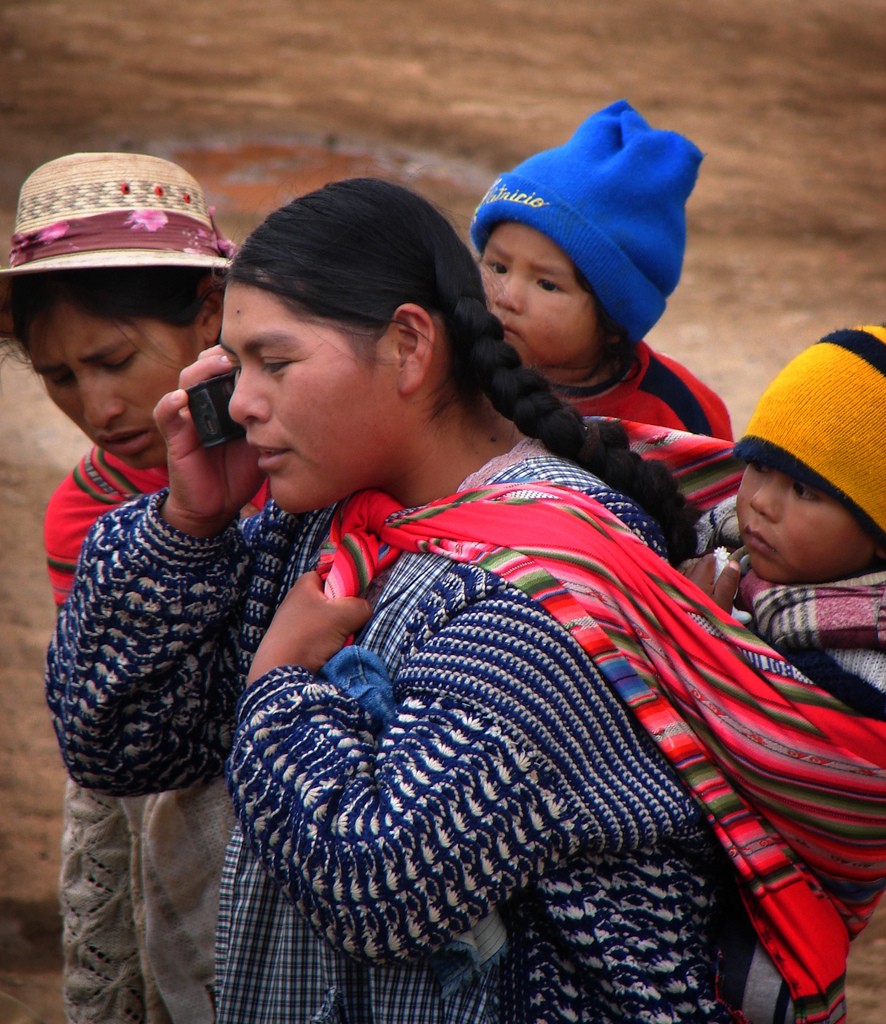

Latin America accounts for 10% of all internet users worldwide, which is more or less what the region represents in terms of global population as 8.6% of the globe’s inhabitants are located there, according to the latest report from Comscore. However, this proportion varies significantly. Europe, where over 10% of the globe’s population is located, accounts for some 27% of the total online population worldwide. In contrast, Asia, where some two-thirds of all the people in the world live, is home to only 40% of all internet users today. Comscore’s study brings together Africa and the Middle East in a single region that hosts 9% of all internet users.
The obvious conclusion is that although it seems that today everything is literally online, people, relationships, trade, politics, you name it, the reality is different. The digital divide, which is a hot topic in Latin America, is also significant in the global context.
The Baby boomers, the post-war generation, were the main audience of television, which was the most relevant media of the second half of the 20th century. Now, Millennials, those born between the early 1980s and early 2000s, are the generation of the internet and interactive media. In a couple of years they will not only be the most active generation online, but the demographic group with the highest purchasing power in history. Even more than the Baby boomers, they are likely to become most attractive target for advertising and marketing in history.
News media are not immune to this trend. Digital magazines such as Vice, BuzzFeed and Mic (before PolicyMic), whose main audience are millennials, have grown at a speed that many legacy media would envy. In two decades, Vice grew from a local magazine to a multi-platform content provider with operations in 30 countries. In ten years, BuzzFeed went from being a viral content experiment to a ten-local edition publication able to compete with legacy media for news audiences. And in four years, Mic, a venture created “by Millennials for Millennials” to cover politics to reach younger audiences, has received investments worth US$13m, has a payroll of more than 30 journalists, and garners more than 20 million readers a month.
The previous examples belong to the American media environment. In Latin America, Millennials dominate the audience. The Comscore report reveals that Millennials are the largest internet audience in Latin America, which is, after Asia, the region with the highest share of Millennials among internet users. Nearly 58% of all internet users in Latin America are between 15 and 34 years of age.
Comscore data on Latin America confirms that the region follows the global trend where video and mobile devices dominate as a format and platform. Consumption of online videos grew significantly in Latin America over the last year. In Colombia, in 2014, people consumed 39% more video content than the previous year. The case of Mexico, the second largest digital market in the region after Brazil, is revealing: online video consumption grew by 111% between 2013 and 2014.
We watch more video online because of the increase in available content ranging from web series to music to television shows to movies on demand, but also because of the improved technologies in recent years: higher internet connection speeds and devices with high definition and higher resolution screens are now available.
As for platforms, Latin America also follows the world. The use of mobile devices (phones and tablets) going online continues to grow. According to Comscore, the use of phones in the region grew by 11% between 2013 and 2014. According to eMarketer, the use of smartphones between 2014 and 2015 will grow by 22% to more than 155 million devices.
In Colombia, smartphone usage has grown rapidly in the last three years after it was for years considered an unaffordable luxury. Currently, there are about 15 million smartphone users in the country. By the end of the year, Colombia is expected to be the country with the third largest base of smartphone users in South America after Brazil and Mexico. Smartphone penetration in Colombia is forecast to exceed 51% by the end of 2015, placing the country second in the region after Chile with 55.5%. The average for the region will be 39% by the end of the year.
Photo: Matt JP
Two intrepid journalists embarked on an investigation into the unjust conviction of a Czech man,…
Every year, a journalism class at a Vienna-based university unearths attention-grabbing stories. The idea of…
The decision sets a dangerous precedent, giving authorities the power to fine media as they…
With the foundation recognized as a major supporter of independent journalism, its decision is bad…
The closure of Tele Liban raises concerns about the future of the station and its…
The arrest of Mehdi and Majid Nikahd serves as a stark reminder of the challenges…